Has design media/retailing "diluted" taste?
palimpsest
10 years ago
Related Stories
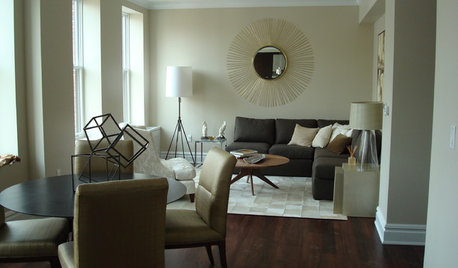
LIFEWhen Your Tastes Clash: How to Design and Decorate as a Couple
Want to keep the peace? Work with both of your styles when remodeling, decorating or building new, for a home that feels right to all
Full Story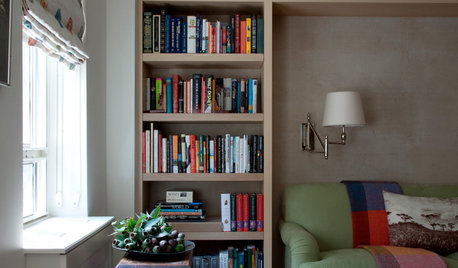
LIFEWhen Design Tastes Change: A Guide for Couples
Learn how to thoughtfully handle conflicting opinions about new furniture, paint colors and more when you're ready to redo
Full Story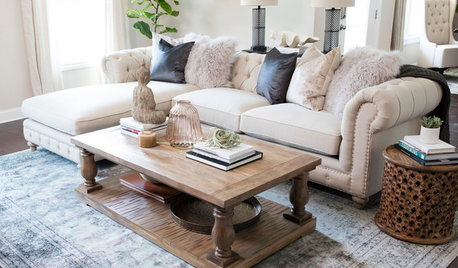
LIVING ROOMSRoom of the Day: Living Room Decor Marries a Couple’s Individual Tastes
She likes Southern sophisticated; he likes modern. See how a designer combines their favorite styles in this Atlanta space
Full Story
GROUND COVERSGive Your Lawn a Taste of the Wild
Consider the joys of an irregularly trimmed meadow lawn: It’s ecofriendly, visually interesting and still good for romping
Full Story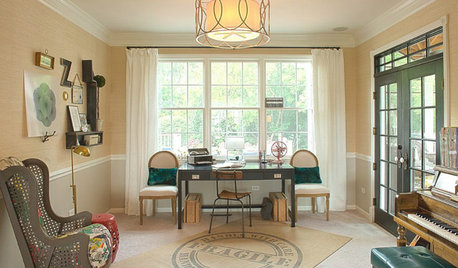
KIDS’ SPACESWho Says a Dining Room Has to Be a Dining Room?
Chucking the builder’s floor plan, a family reassigns rooms to work better for their needs
Full Story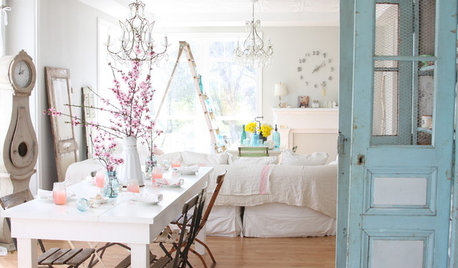
COLORS OF THE YEARPantone Has Spoken: Rosy and Serene Are In for 2016
For the first time, the company chooses two hues as co-colors of the year
Full Story
DECORATING GUIDESTaste a Rainbow: 11 Top Home Decorating Colors and How to Use Them
Prime yourself for spring painting season with our color-happy guide to working with popular shades around the home
Full Story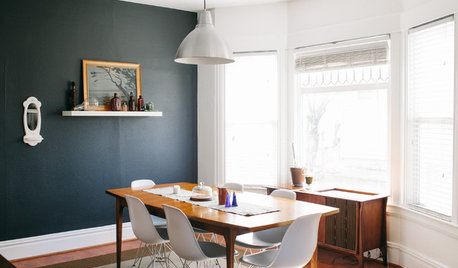
HOUZZ TOURSMy Houzz: A Couple’s Tastes Harmonize in a Northwest Farmhouse
Room for their musical pursuits drew an artist and an engineer to this Spokane home, which they’ve decorated in a modern, eclectic style
Full Story
TASTEMAKERSPro Chefs Dish on Kitchens: Michael Symon Shares His Tastes
What does an Iron Chef go for in kitchen layout, appliances and lighting? Find out here
Full Story


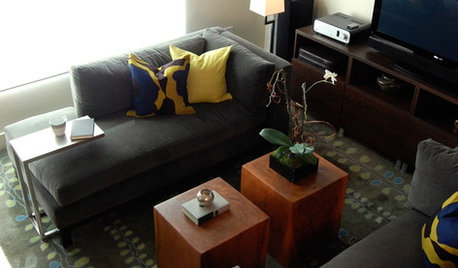




deegw
kellienoelle
Related Discussions
Effect of soil and fertilizer on the taste of veggies
Q
Has anyone tasted Fedco's WOW Cherry?
Q
Is your taste 'out'???
Q
Retail Bull!
Q
kswl2
lala girl
ogrose_tx
Bumblebeez SC Zone 7
Diane Smith at Walter E. Smithe Furniture
palimpsestOriginal Author
jterrilynn
joaniepoanie
ogrose_tx
luckygal
ogrose_tx
LanaRoma
Annie Deighnaugh
lazy_gardens
palimpsestOriginal Author
sapphire6917
Bumblebeez SC Zone 7
palimpsestOriginal Author
bronwynsmom
Elraes Miller
palimpsestOriginal Author
Elraes Miller
madeyna
palimpsestOriginal Author
mejjie
roarah
Annie Deighnaugh
palimpsestOriginal Author
bronwynsmom
Circus Peanut
rosie
palimpsestOriginal Author
Annie Deighnaugh
allison0704
lynxe
Circus Peanut
Mary663
Blogarita
Vertise
palimpsestOriginal Author
Vertise
palimpsestOriginal Author
LanaRoma
Vertise
peegee
Vertise
SaraKat
vedazu